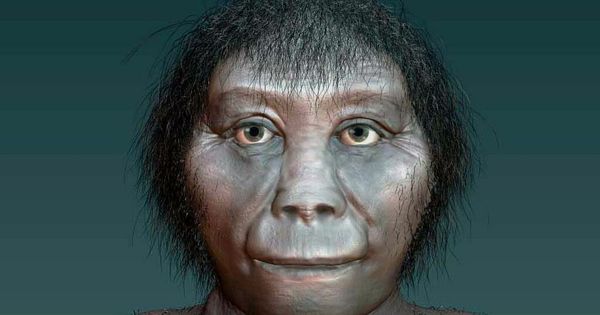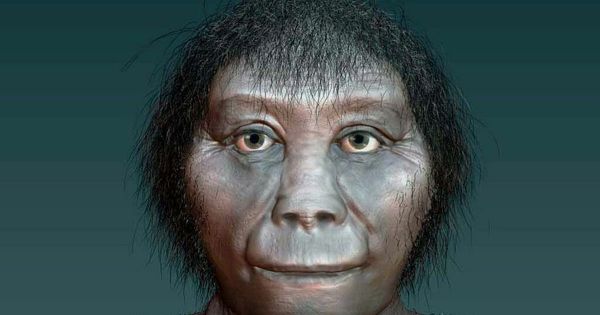A species of human thought have gone extinct thousands of years ago may still be around, a scientist has claimed. Homo floresiensis, dubbed the 'hobbit' because it stood at just 3ft 7ins tall, vanished some 50,000 years ago when modern humans arrived on their doorstep.
The little hominid lived on the island of Flores, which is now part of Indonesia, starting 700,000 years ago, meaning it co-existed on the planet with home sapiens and other species such as the Neanderthal, reports the Mirror.
Homo floresiensis was a small-brained, large-footed toolmaker but it is not known where the species evolved from. And now one anthropologist has claimed the 'hobbit' could actually be alive and well today.
Gregory Forth, who worked at Alberta University before retiring, has argued that sightings of an 'ape-man' on Flores might be proof the creature still exists.
He told Live Science: "We simply don't know when this species became extinct or indeed dare I say — I did dare say — we don't even know if it is extinct. So there is some possibility that it is still alive." But other experts on Homo floresiensis are understandably skeptical about the seemingly wild claim.
"Flores is an island that has about the same area of Connecticut and has two million people living on it today," John Hawks, a paleoanthropologist at the University of Wisconsin, Madison told Live Science. The population is spread out across the island, he added.
"Realistically, the idea that there's a large primate that is unobserved on this island and surviving in a population that can sustain itself is pretty close to zero," Hawks said.
Forth, who has been doing anthropological fieldwork on the island since 1984, doesn't agree. Over the years he has heard about a number of local sightings of small, hairy, humanoid creatures living in the forest and wrote about them in his research until 2003, which was when the homo floresiensis was first discovered and Forth made the connection.
"I heard about these similarly small humanlike creatures in a region called Lio, which were said to still be alive, and people were giving accounts of what they looked like," he explained.
In an excerpt from his new book, Between Ape and Human: An Anthropologist on the Trail of a Hidden Hominoid, (Pegasus Books, 2022), Forth writes about an interview with a man who says he disposed of the corpse of a creature that could not have been a monkey but that was also not human, with straight light-colored hair on its body, a well-formed nose, and a stub of a tail. Since he began his research Forth has collected 30 eyewitness accounts of similar creatures that, he said, match the description of the 'hobbit'.
Homo floresiensis' bones - thought to come from at least nine individuals - were first discovered at Liang Bua on Flores in 2003. The skeletons included a complete skull. The youngest evidence of the hobbits using the cave dates back to 50,000 years ago, Elizabeth Veatch, a zooarchaeologist who studies the species, told Live Science.
"Based on faunal evidence, there was likely an environmental change that occurred around 60,000 years ago that altered the landscape around Liang Bua which caused Homo floresiensis to migrate elsewhere on the island to forage in more suitable habitats," Veatch said.










